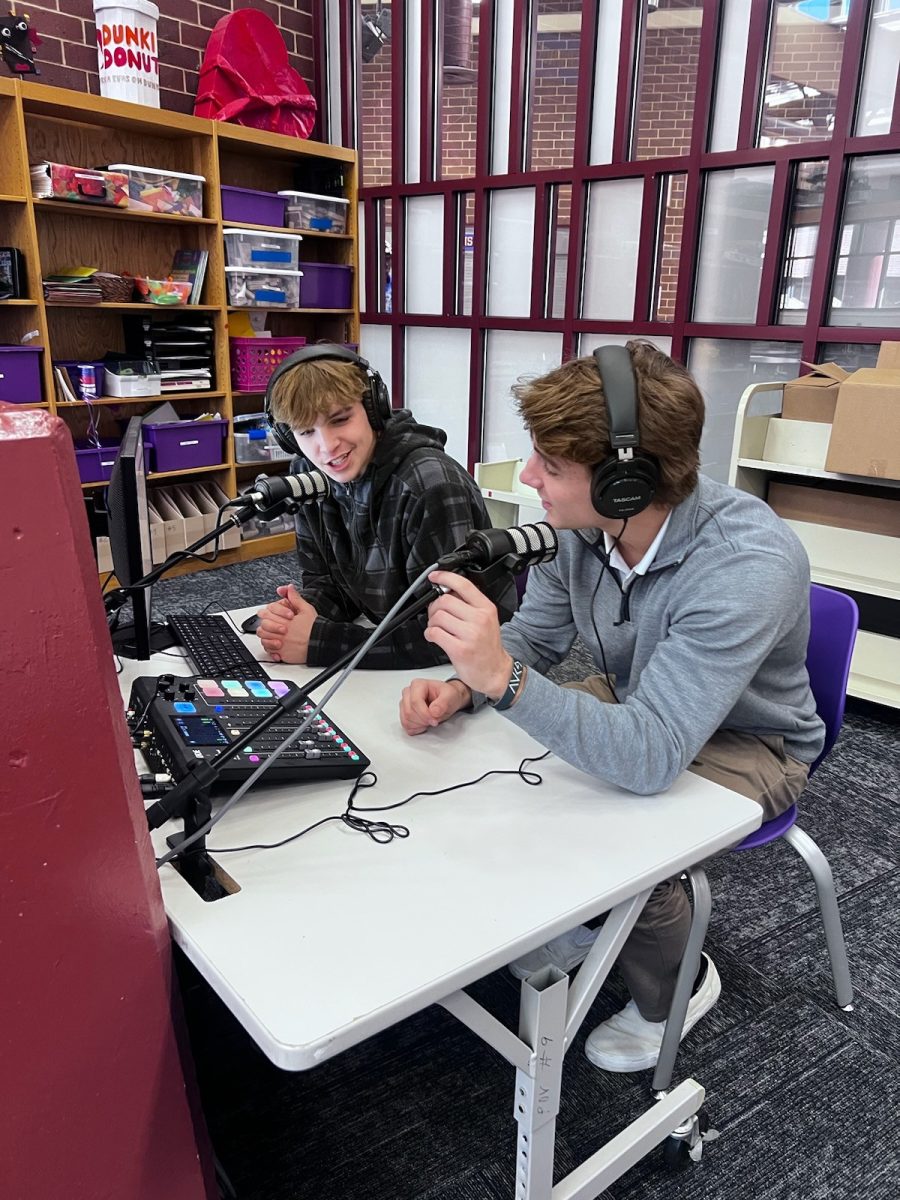
Throughout the years following the pandemic, the use of technology in classrooms has been on the rise. During the government mandated lockdown, students across the country were forced to stay home from school and continue their education virtually through Zoom calls and online assignments.
But when students returned to school in the fall of 2021, the use of technology didn’t die down again but actually grew. However, despite what some people may believe about technology, its integration into classrooms has actually been extremely beneficial to both students and teachers.
A common routine for most students in the classroom is to watch some sort of short slideshow presentation given by the teacher and proceed to doing an assignment online. These types of assignments have proven to be beneficial to both students and teachers.
Students are able to efficiently work on documents while also doing research or looking at notes, and each of these things are just a tab away from each other. Using a chromebook to complete assignments, tests, and notes is also much faster than doing any of those three things by hand. The average high school student types at about 30-40 words per minute, but it takes about double the time to write that many words by hand.
The increase of technology has also greatly benefited teachers. Grading assignments can be done automatically at the submission of assignments, so teachers sometimes don’t even have to go back and grade work given in class. And when it comes to preventing cheating, teachers can monitor students’ screens virtually to ensure that they only have necessary tabs open.
But despite the many upsides of increased technology use in classrooms, there are a few downsides. For example, it has been proven that writing by hand is more stimulating to the brain than typing on the computer. This means things like note taking could be more effective when hand written for some people because it allows the brain to focus more on the words being written.
And the more obvious downside using technology in class is the amount of time students and teachers alike are spending looking at screens. Studies have shown that staring at a computer screen for too long can cause both short term and long term vision problems ranging from headaches and eye strains to near-sightedness and astigmatisms.
But, like anything, all of the downsides to technology use in schools can be easily avoided if technology is used in moderation. Students and teachers can still enjoy the convenience that technology provides while also using more “traditional” learning methods like taking notes or doing assignments by hand.
Having a healthy combination of both learning styles in a class creates an environment where students can learn efficiently and have resources at their fingertips, while also ensuring that their eyes and brains remain healthy and alert during the school day.







